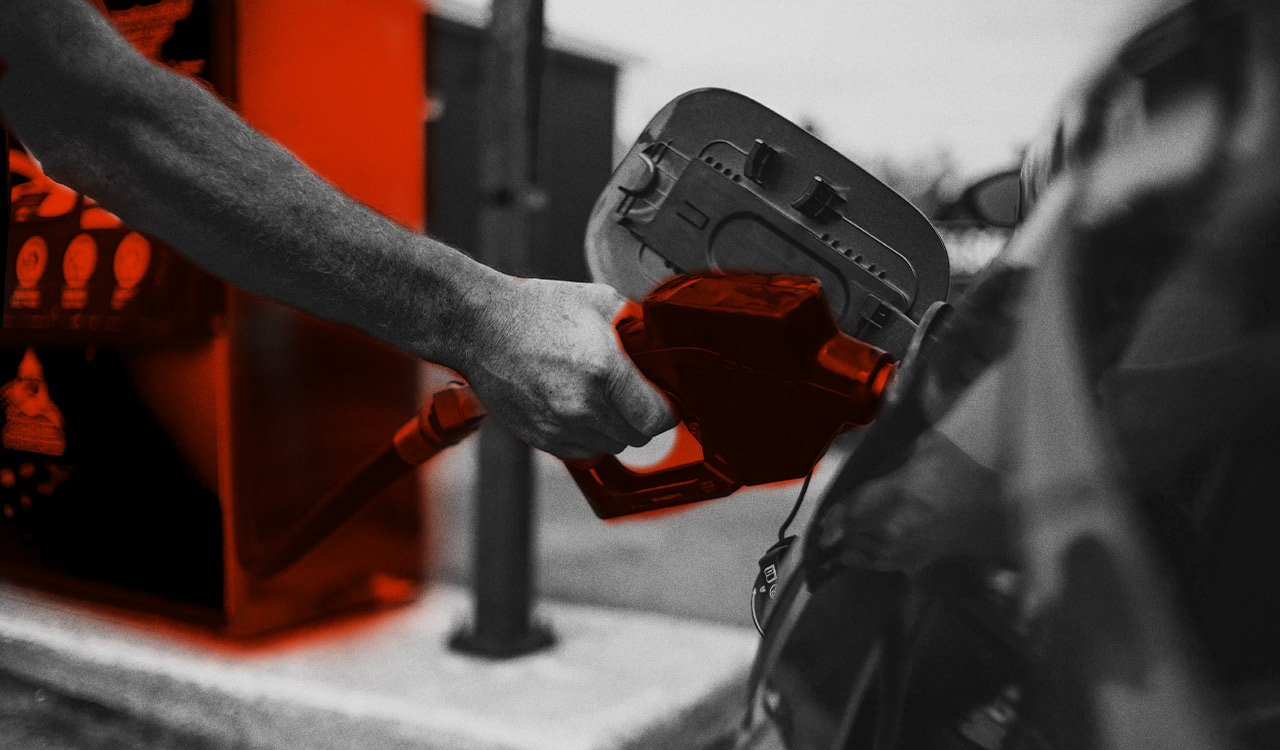This is a story about a giant buck-toothed beaver, a forlorn legacy brand that is going to be reborn under new owners and a store format that was once more suited for mamouth diesel tractor-trailer trucks than families out for vacation.
It’s also about a retail sector that has driven under the radar – literally – but is now emerging as a legitimate place for consumers to shop not just for gasoline and giant drinks, but apparel, home furnishings, gifts and just about anything else your local dollar store, convenience outlet or even discount chain might sell you.
Drive right into the new era of Super Service Centers. Guaranteed you won’t walk out empty-handed.
The new wave of super service stations is as much about durable goods as it is about consumables. How will the emergence of electric charging stations that provide a diversion for a stationary consumer with 20 or 30 minutes on their hands to shop play into the business model?
Rollin’, Rollin’, Rollin’…
Jumbo-sized gas service stations that also sold food, clothing and assorted general merchandise have been around almost since the beginning of the interstate highway system in the 1950s. As tractor-trailer trucks began to crisscross the country delivering goods from factories and later shipping ports on the coasts, a network of oversized truck stops sprang up to handle their travel needs. Soon chains like Pilot/Flying J’s (over 750 locations under the two names), Love’s (600 locations) and TravelCenters of America (272 locations) began to dominate the space. While independents continue to be out there, they are most likely overshadowed by one of big brands.
When the nation’s first toll turnpikes and highways sprang up, including the Pennsylvania Turnpike, New Jersey Turnpike and the New York State Thruway, they institutionalized the truck stop for the professional drivers (showers and laundry provided) and then made it family-friendly with sit-down restaurants and then later with food courts that catered to everyone. Is there anyone who grew up in that era who doesn’t have fond memories of hot shoppes run by Howard Johnson or Marriott that had travel accessories and kitsch souvenirs mom and dad couldn’t say no to?
All Family Truckers Welcome
But what we’re seeing now is something very much different; something that is as much about a destination than a pit stop on the way to a destination. And leading the way is something as different as you’d ever imagine.
It’s called Buc-ee’s. And like so many other things in American society it’s taken a basic business model – the big gas station – and supersized it on steroids. If you’re outside of the Southeastern quadrant of the country, you may think you’ve seen super service stations, but they are nothing unless you’ve been to a Buc-ee’s.
Founded in 1993 in Clute, TX by local conservative businessman Arch Aplin III – and yes, he goes by the nickname “Beaver” – the chain really took shape when it opened its first oversized facility in Luling, TX in 2003. It now has 58 locations, most still in Texas but now spreading eastward as far as Georgia and soon to Florida. How big is big? Well, the newest Buc-ee’s just opened in June outside of Knoxville, TN and it has 120 – that’s not a typo, 120 – fueling pumps attached to a 74,000-square-foot-retail store making it the largest Buc-ee’s…so far. A bigger one is under construction just outside of Austin.
And let’s not forget that at least five locations have car washes including the one in Katy, TX that claims to be the longest one in the world at 255 feet. (We’ll take their word for it.) Curiously though, the chain does not allow 18-wheelers which really turns the old truck stop model upside down.
The location in Adairsville, GA, about an hour northwest of Atlanta on the way to Chattanooga is a mere midget by comparison. Opened in 2021 it sports only – ONLY – 120 gas pumps and only – ONLY – a 54,000-square-foot store, but it includes all the signature elements of the chain: a massive assortment of clothing (most of it featuring Buc-ee’s artwork), a large offering of gifts, home merchandise and health and beauty items and a full kitchen turning out Texas BBQ, tacos, burritos, kolaches, cookies, pastries and enough fudge and candy to maintain a good sugar high well into the interstate night.
A self-service drink fountain has more than two dozen heads and there’s an actual old Ford pickup truck in the middle of the selling floor that is a prize Insta opp. It’s only surpassed by Buc-ee himself strolling around the store posing for photographs in a manner that it is no way a coincidence bringing to mind another furry animal mascot that is the star of his own kingdom…a fellow named Mickey.
The point of Buc-ee’s was brought home in a report in a recent post on the Thedrive.com travel blog: “It’s a uniquely American tourist destination in and of itself.” When the road to the destination becomes as important as the destination itself, it is a radical shift in redefining the American retail scene. When one can pick up virtually anything short of a living room set or a wedding dress at a gas station, it forever changes the dynamics of consumer shopping patterns. You have to give the Beaver credit for anticipating what travelers will need while they’re waiting for their EVs to recharge. It’s no coincidence that Tesla has partnered with Buc-ee’s for Supercharger stations at nearly half of their existing station … no doubt more to come.
Pump You Up
If Buc-ee’s is at the top of the super service station pyramid there are lots of other players vying for a place in the channel. All kinds of recent activity in the space suggests there is growing interest in a category as the nation’s vehicles transition away from gas-powered engine to electric engines.
Warren Buffet’s Berkshire Hathaway feels pretty strongly about the super service station model. Last year it agreed to buy an 80 percent controlling interest in Pilot, expanding its existing stake in the largest brand in the sector in what will be one of its biggest deals of the past five years.
In the meantime, RaceTrac, a private, family-owned operator of nearly 800 locations under that name as well as Raceway, just announced it had bought the Gulf brand and would be using it across its entire fleet. While its retail outlets are decidedly more modest than Pilot’s – much less Buc-ee’s – it curiously bills itself as “a leader in the convenience store industry”… not the gas station business.
Love’s Travel Stops, along the same lines, recently announced the hiring of a former Big Lots executive as its new chief supply chain officer, specifically saying he would be concentrating on “growing its non-consumable retail supply chain network.”
There’s even at least one Buc-ee’s wannabe, a two-location operation in Illinois called Wally’s that has its own animal mascot. It’s a tough world for these mascots; Buc-ee’s has a reputation of going to court to protect its trademark. No doubt there will be others emerging around the country (if none are the scale of Buc-ee’s), as the history of American retailing would suggest that imitation is often just another word for flattery…except it does get you somewhere.
All of these chains – old and new – are increasingly moving beyond their fuel and fizzy drink origins to sell more non-consumable goods and become places where people shop not just on their way to someplace…but as the someplace they are on the way to. There’s a reason why the new ad campaign for QuickTrip is “More than a gas station.”
Gassed Up
Three generations ago Walmart came along from the outskirts of American retail and eventually took down the rest of the discounting industry because they weren’t paying attention. Years later the dollar stores expanded beyond their rural origins and became another retail format that few saw coming and ended up putting smaller grocery stores, general merchandise and variety stores and even regional discounters out of business.
Can the same thing happen with this new wave of super-service stations that are as much about durable goods as they are about consumables? How will the emergence of electric charging stations that provide for a stationary consumer with 20 or 30 minutes on their hands to shop play into their business model? And what about the confluence of experiential shopping and functional purchasing, the amusement park meets the mall?
Are new formats like Buc-ee’s the next big thing in retail? It’s something to sink your teeth into.




